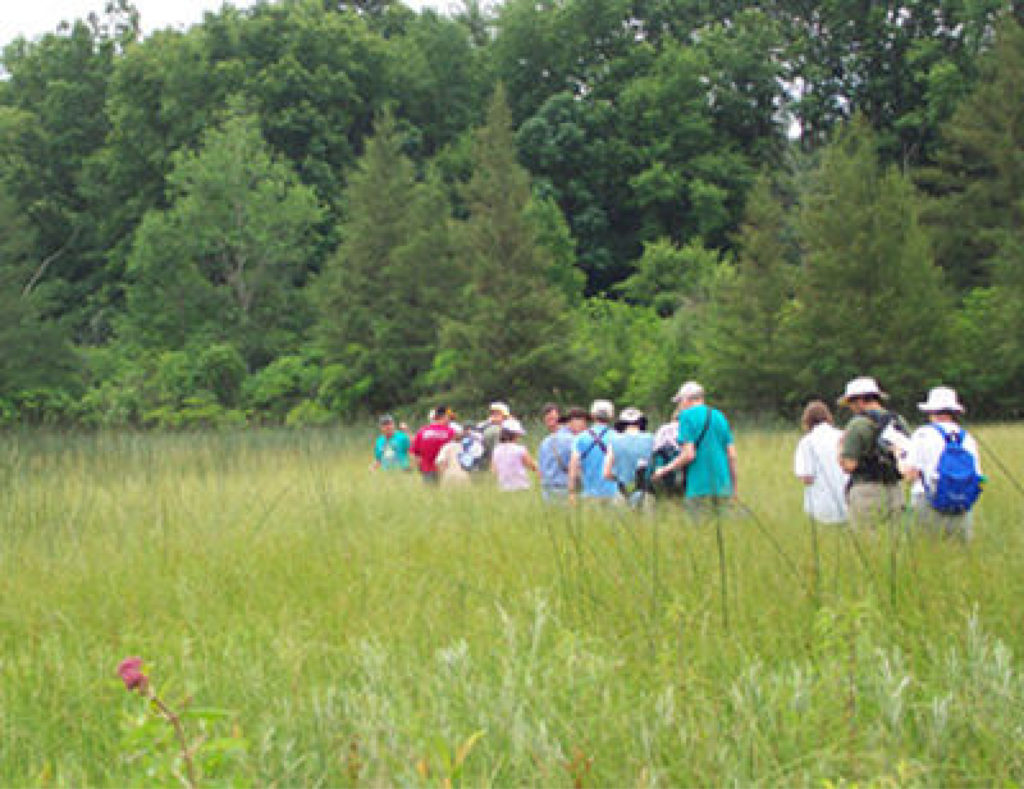By plant communities, we mean associations of plants that tend to occur together because of similar soil, moisture, and light requirements.
A scholarly work, Plant Communities of the Midwest: Classification in an Ecological Context, lists these distinctive plant associations for Indiana:
Wetlands
Acid peatlands, rich peat fens, seeps, open and emergent marshes, wet prairies and wet meadows, wooded swamps and floodplains.
Uplands
Shoreline sand/mud strands, beaches and dunes; rocky shores; rocky uplands (glades, rock barrens, outcrops); cliffs, forests and woodlands; shrublands/dwarf shrublands; savannas and non-rock barrens; prairies/grasslands.
Understanding plant communities helps you know what plants you can expect to see when visiting a natural area, and also what birds and insects you may encounter. The concept of plant communities is also useful in planning, whether for a large-scale ecosystem restoration or a backyard wildlife habitat.
More about visiting natural areas

